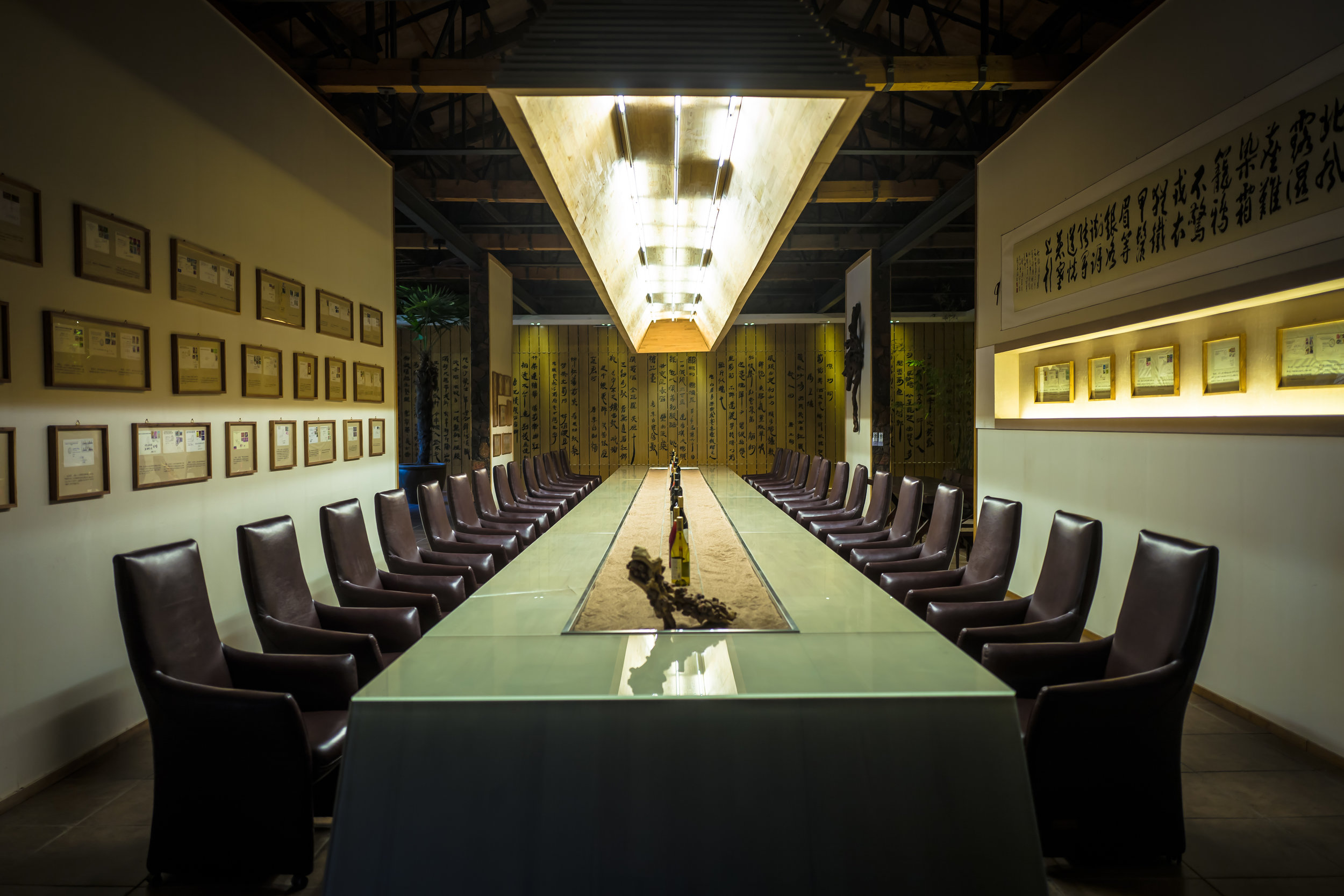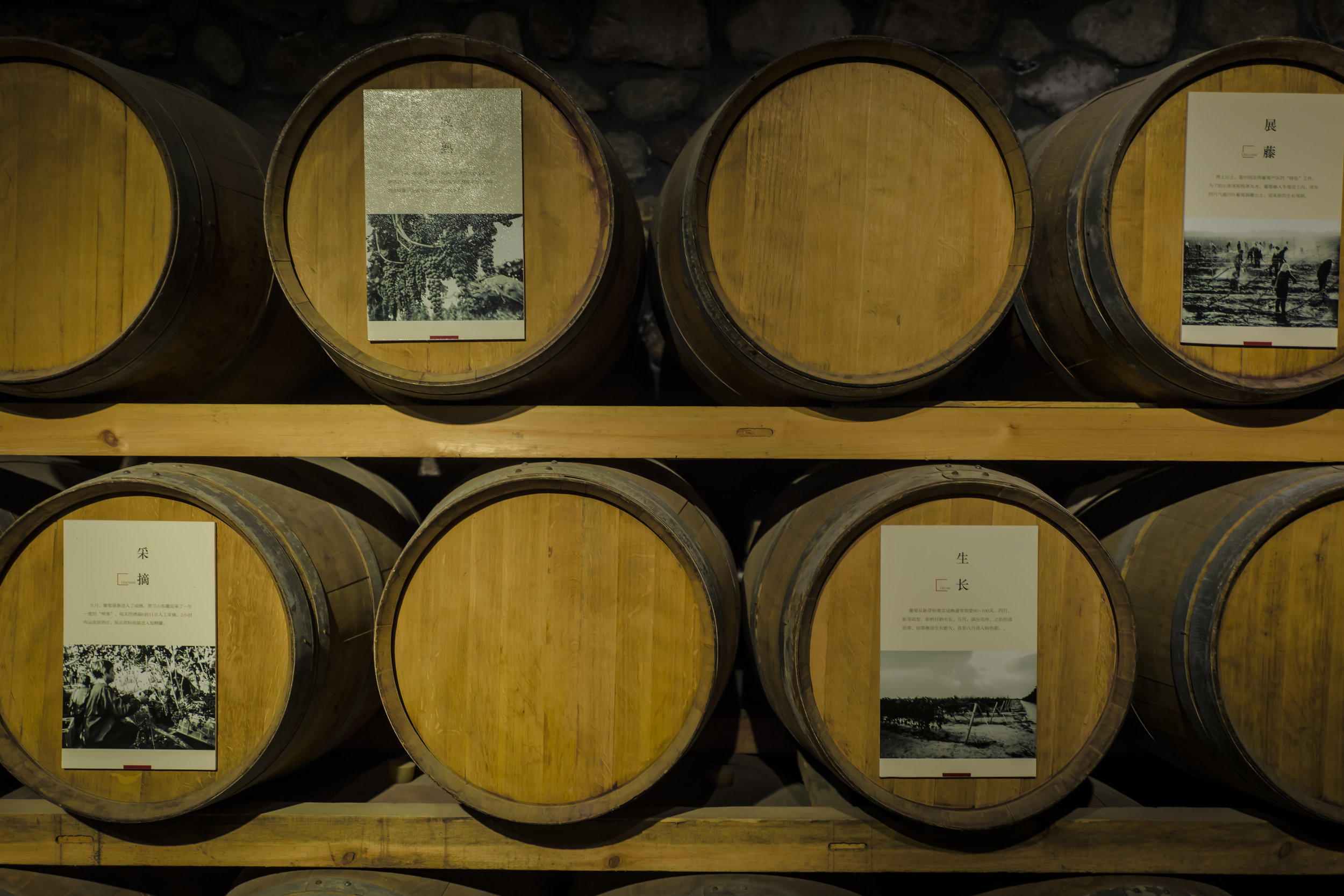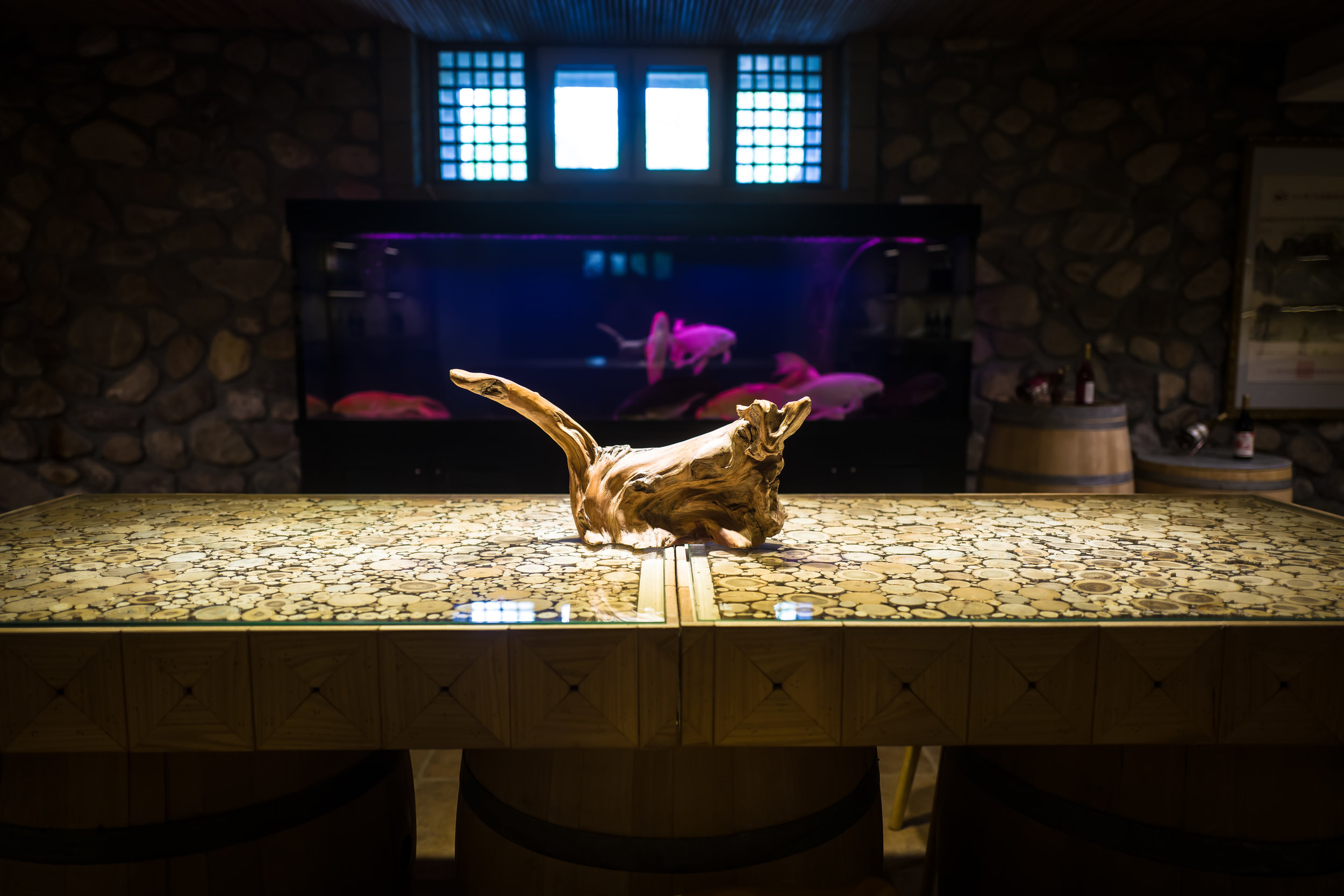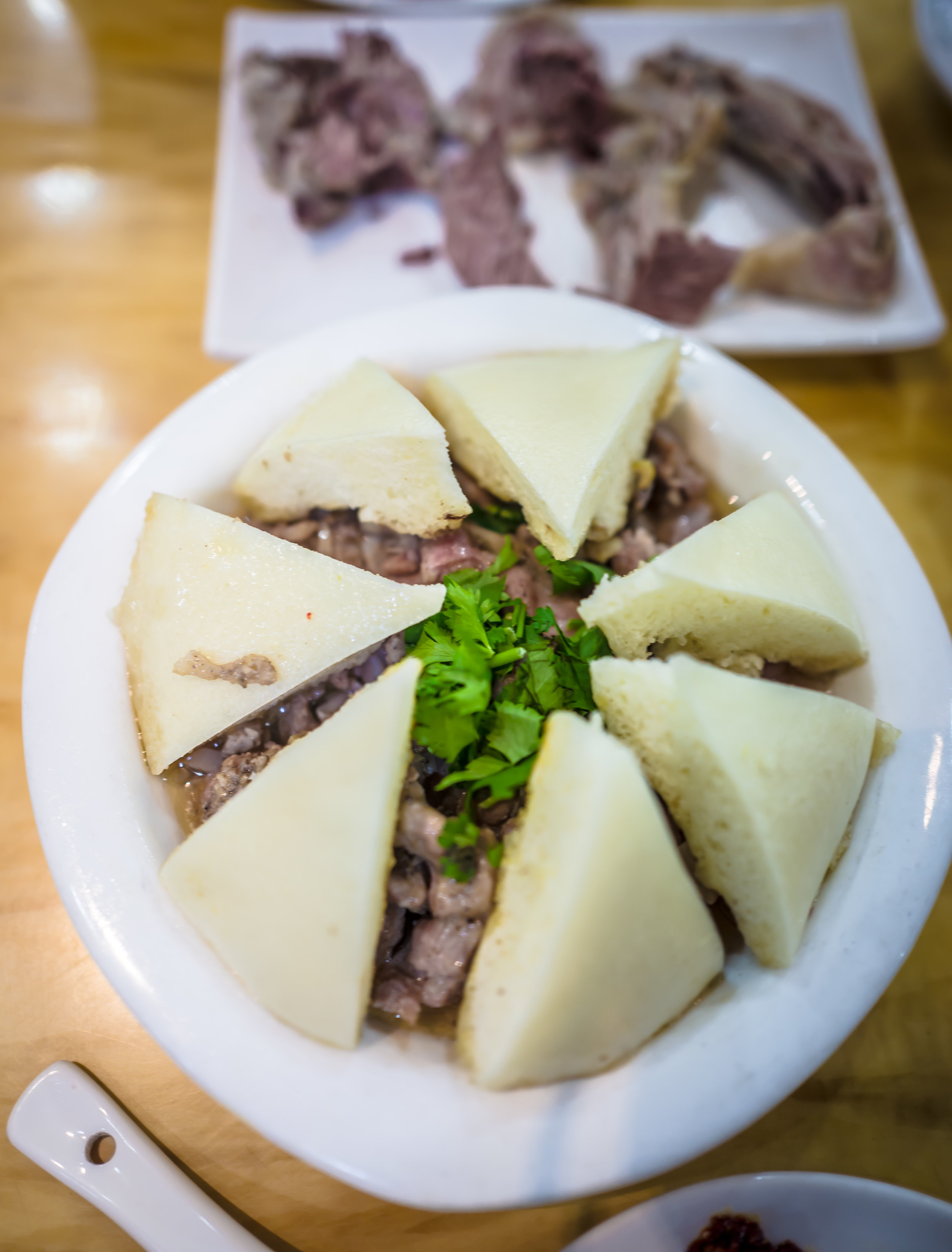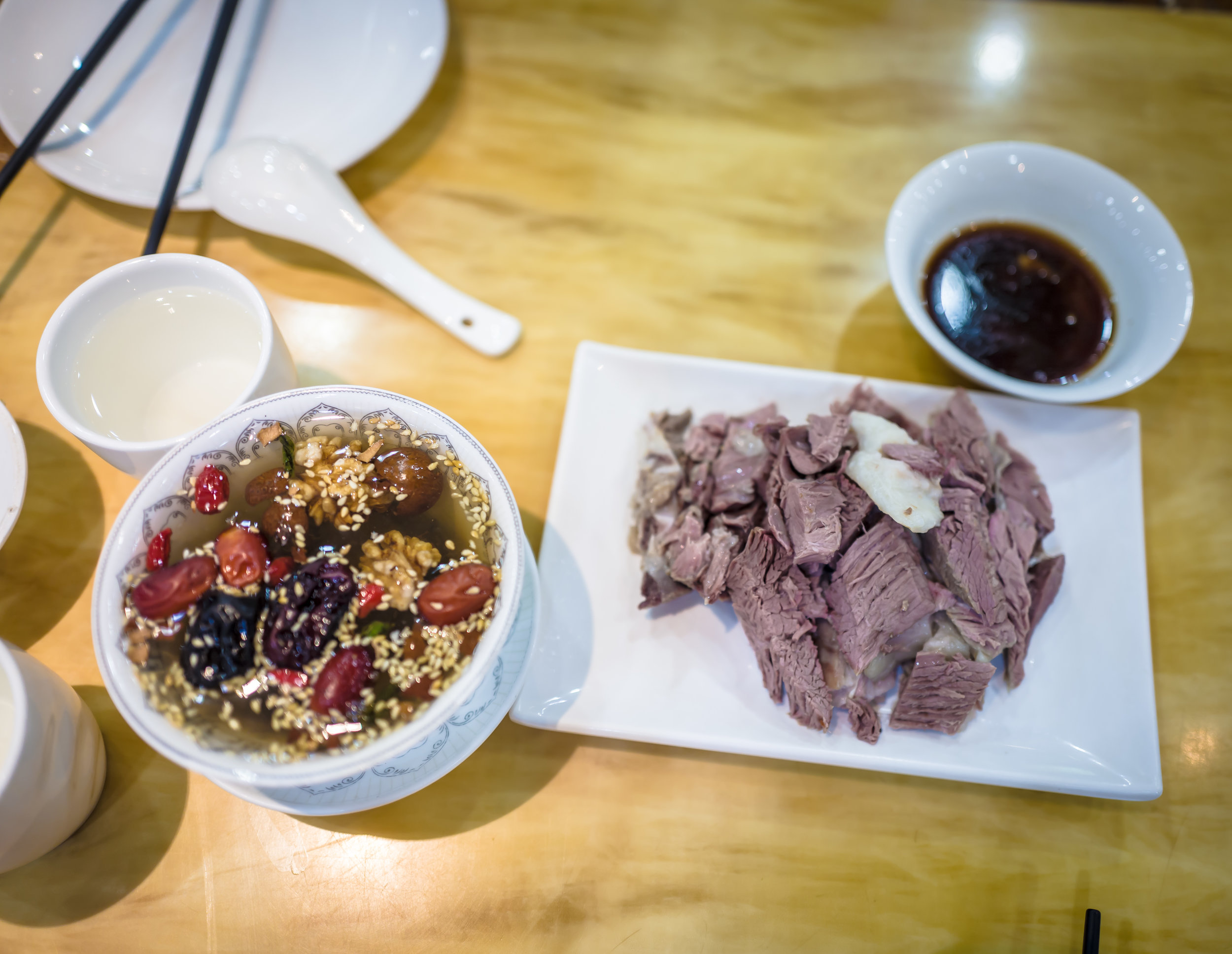Chinese Wines: Drinking Along The Silk Road
/Helan Mountains, Yinchuan, Ningxia
What is the first thing that pops up in your mind when speaking of “Ningxia”?
90% of people: Never heard of it.
Wanderlust: somewhere in China?
Wine Pro: it’s China’s Bordeaux!
…
Fortunate enough for me, I took a trip to the Ningxia wine region earlier this year, explored several wineries there, and am eager to share my experiences.
Sandwiched between Yinchuan and the Inner Mongolia, runs north-south parallel to the north-flowing Yellow River, and merely 2-hours flight from Beijing, Helan Mountains is now not only the most important wine region in China, but is clearly developing global fame as well. The first question came to my mind when I landed was “How on earth do people do the farming here?” Extreme temperature (running from high 30°C in the summer to -25°C in the winter), wind whipping, and lifeless arid, all making it seriously challenging for vines to survive - they have to be buried during the winter to be protected from the fatal coldness, which is a fairly interesting new practice as I have never seen something similar elsewhere. A labor costly process as it can be imagined, moreover it is brutal on the vines as the locals said that each year they lost 5% of the plants, who have a life expectancy of only 20-30 years or so, as they suffer substantially on each iteration and become increasingly vulnerable.
Ningxia Helan Mountains Classification System
Ningxia Helan Mountain East and International Wine Association (宁夏贺兰山东麓葡萄与葡萄酒国际联合会) has recently established their own Classification System, modeled after Bordeaux's 1855 classification, aiming to encourage quality and attract attention by ranking the estates. It classifies the wineries in Ningxia’s Helan Mountains into five growths (the first being the highest). All wineries registered in Ningxia’s Helan Mountains area can participate in this classification; Reviewed every two years, and once selected as the ‘first growth’ the winery will only be re-evaluated every ten years.
Some widely accepted qualifications: integrated vineyard and cellar management; the whole wine-making process to be completed in the winery; all grapes must come from winery’s own vineyard, etc. These criteria, have been practiced in classic regions like Bordeaux for centuries and rooted in the wine consumers ideology, are expected to help regulate the wineries to produce premium quality wines and help them to earn recognition in the international market. I surely hope that it will pave the road for similar guidelines in other regions to quality assure wine production in China in general.
Some criticisms on a couple of the terms, and I do share the same view, includes: it requires the winery to contribute to local tourism industry; it has specific requirements on the main buildings (traditional Chinese/local style) and other constructions; the winery needs to have distinguished characters and reliable sales in both domestic markets and overseas. While we do need official rules to guide the still young region, too many undesirable restrictions could impede the versatility and originality.
Local Wineries
Domaine des Arômes 博纳佰馥
celler tasting
Born in the 1980s, Miao Sun and Shuai Peng are the youngest winemakers and owners I’ve ever met. This young couple met in high school, went to college together in China, studied wine in France and worked together in Burgundy for a few years, and eventually decided to go back to their hometown to build a winery and make their own wines.
It is the smallest winery registered in China ever - 100 Mu (16 acres) vineyards and some 15,000 bottles every year. Everything is “down to earth” here - no fancy buildings or daunting machines, only a simple garage winery, a cellar, and a small farmhouse where they live. They believe strongly in what they learnt from Burgundy - wines are all about terroir; a true expression from the nature and soil, of utmost respects and minimal intervention, is the highest reward. As we were walking in the plots, Miao was so excited to show us the weed, the insects, the birds, and the cow manure - not for the vines, but for the microorganisms and bugs! Miao said, “One needs to appreciate the nature and trust it. The ecosystem functions as a whole, with each part of the vineyard contributing to the next. Pesticides and chemical fertilizers can boost your work short term but it undermines the natural equilibrium, eventually hurt the fruits and vineyard.” Biodynamic farming has been strictly practiced here since they first founded the winery, and they will certainly keep on doing it to craft wines out of their own philosophy.
Les Aromes 2014 CHARDONNAY
We had an extensive tasting down in their cellar, including Chardonnay and Cabernet from various vintages. The reds were decent but it was the chardonnay (also the very first Chardonnay from China I’ve ever tasted) that really jumped out. I have to admit that I was utterly impressed. It reminded me of Chablis for its crisp acidity and bracing minerality, with a little saltiness and a fairly long length. What made it more intriguing was the hints of Mijiu (rice wine) or Sake towards the finish, adding more layers and uniquifying the expression.
Legacy Peak 留世
LEGACY PEAK CABERNET SAUVIGNON FAMILY HERITAGE 2014
The Legacy Peak vineyard is located in the scenic area of the Xixia King Tombs in Ningxia. It was founded by Hai Liu’s (current owner) father in 1997 and he launched the first vintage with Legacy Peak Kalavinka 2011 (Cabernet Sauvignon and Merlot) in 2014, and immediately won the golden medal at “China Wine and Spirits Awards”. While most vines in Ningxia are young, theirs are on average over 18 years old, granting it one of the very few vineyards in China with “old” vines.
LEGACY PEAK KALAVINKA 2014
With great pleasure, I was invited to taste a few signature wines with the owner Hai: Legacy Peak Chardonnay 2014 - rich in texture, pronounced citrus fruit aromas on the nose, with more spice and tropical fruits on the palate, a still young wine and will benefit from longer cellaring to get rid of some excessive oak notes; Legacy Peak Family Heritage Cabernet Sauvignon 2014 - full bodied, juicy ripe fruits including blackcurrant, licorice and black cherry, plummy and minty notes, a bit coarse tannins, well structured but again, will gain more elegance in a few years.
ZhiHui YuanShi 志辉源石
TASTING ROOM
This is one you don’t want to miss, even for those who are not crazy about wines. Massive winery, designed in a traditional Chinese style with giant stone walls, decorated with breathtaking sculptures and personal antique collections all over the place, equipped with state-of-the-art stainless steel fermenters, imported new french oak barrels in palatial cellars, and stylish tasting room, all appeal thousands of tourists every month.
They have multiple lines of wines and I was lucky to taste the flagship ones: the “Mountain (Shan) Series” including (price ascending, all 2013): Shan Zhi Yu (speech of mountain) - easy drinking Cabernet, ruby in color and dominated by dark fruit flavors ; Shan Zhi Zi (son of mountain) - won the Silver award of 2016 “Decanter Asia Wine Awards - Lovely Bordeaux-style nose suggests sophistication - youthful but fresh with gentle savory oak. On the palate, it's medium-bodied, harmonious and finely structured, with a satisfying sweetness of fruit” and it’s my personal favorite here; Shan Zhi Hun (soul of mountain) - $150, the most expensive, 16 months matured in new french oak barrel forms a complex nose of mixed fruits and spice, as well as vanilla and tobacco, quite impressive but arguably a little overpriced. Also worth mentioning is the “Shi Dai Series” including a chardonnay and a rosé, both are easy drinking with lively and pleasant fruits.
Chinese Wines with Chinese Food
Western food and wines have evolved in tandem over the past a few centuries and have developed an a natural symbiosis. But people always struggle with asian food, especially the spicy Szechuan cuisine, when it comes to wine-pairing. Family style food sharing is a national custom, as well as the most tricky problem for pairing because you easily get everything on the table from seafood soup, to rich sauced meats, and to garlicky vegetables.
It is said that local food and local wines are the best marriage, and I assure you no exception here. For Chinese food I typically go with two glasses at minimum: a refreshing white, and a big bold red. The local Chardonnays are delightfully easy drinking, what’s more interesting, a good amount of indigenous examples convey a hint of the Chinese Baijiu (a scorchingly alcoholic Chinese liquor made from grain). I become obsessed with this ricey aroma as it goes astonishingly well with the lighter fares - steamed seafood, assorted wild mushrooms or stir-fried vegetables. Lamb is a must-try specialty in Ningxia, tender, mouthwatering, cooked in various ways such as barbecue lamb with cumin, braised in soy sauce, steamed in clear soup and so on. Those with fuller bodies and warmer tannins tend to go pretty well with the rich and salty dishes. A fun fact told by the local winemakers that the younger generation prefer rosé these days over red, and moveover, for all the wineries I visited here rosé is always the top seller. Personally I’m not a huge fan of rosé and lamb, still delighted to hear these stories and always ready to explore the different combinations.
A Few Last Words
Two decades ago no one would even think about China when they talk about wines; 10 years before people start to notice China has bulk production of wines, barely drinkable for serious consumers; Now today, China is stepping up onto the world stage along with its outstanding wines. This wine region trip, although unconventional, was doubtlessly an eye-opening experience. Apart from all the praises there is inevitable criticism: the controversial classification, the prevailing “greener notes” in the wine from a few nascent wineries, the eagerness to get attention resulting in loss of identity, often accused as “Bordeaux” copycat. Nonetheless, more and more winemakers start to embrace the terroir and nature, shift focus from quantity to quality, minimize human intervention and chemicals in the process.
As for the Chinese consumers, a notable transition from millionaires who easily spend $2000 on Lafite 1982 without thinking twice and don’t drink anything else, to the millennials who are more into the artisan wineries in Tuscany or individual parcels in Burgundy, and capable of distinguishing a Napa Cab vs. a Chambolle Musigny effortlessly, is observed.
With all the money, resources and support from both the government and wine professionals/lovers, Chinese wines are already on the rise and I have no doubt they will make more distinctive bottles of exceptional quality in the near future!








